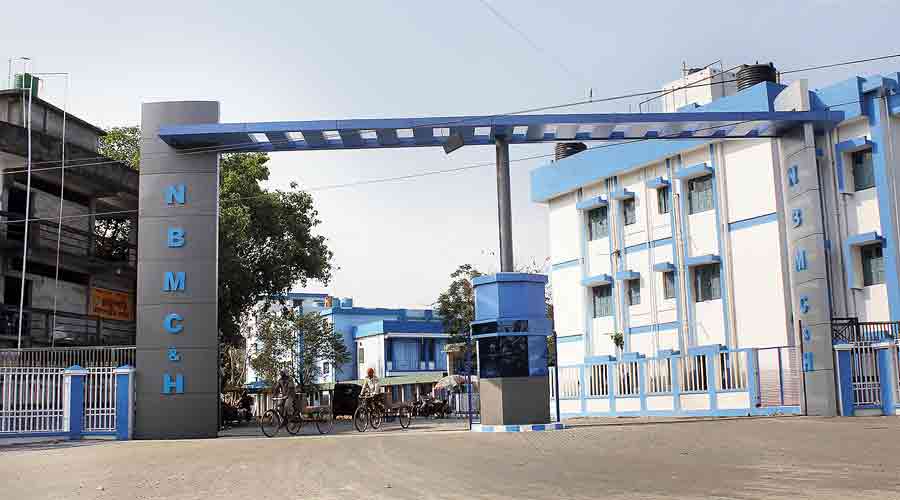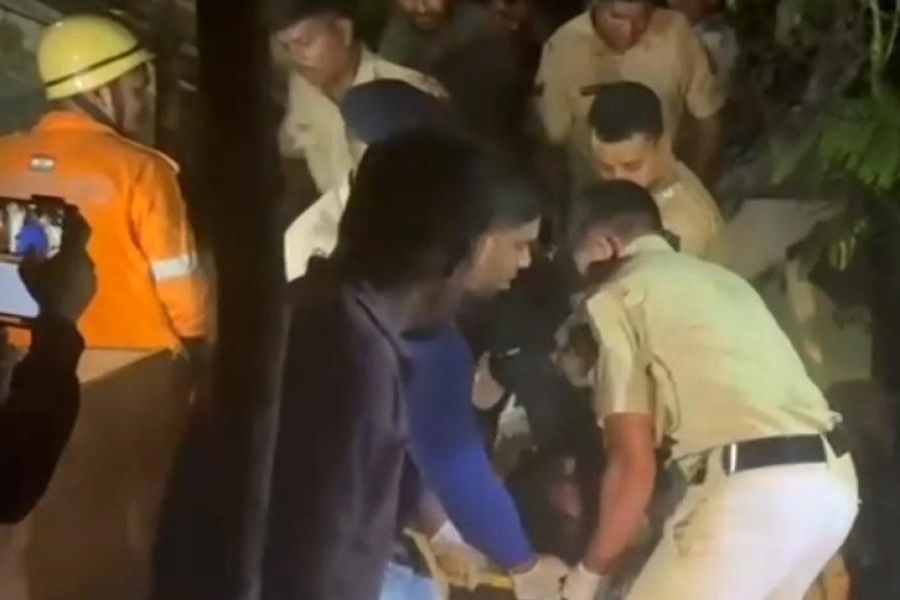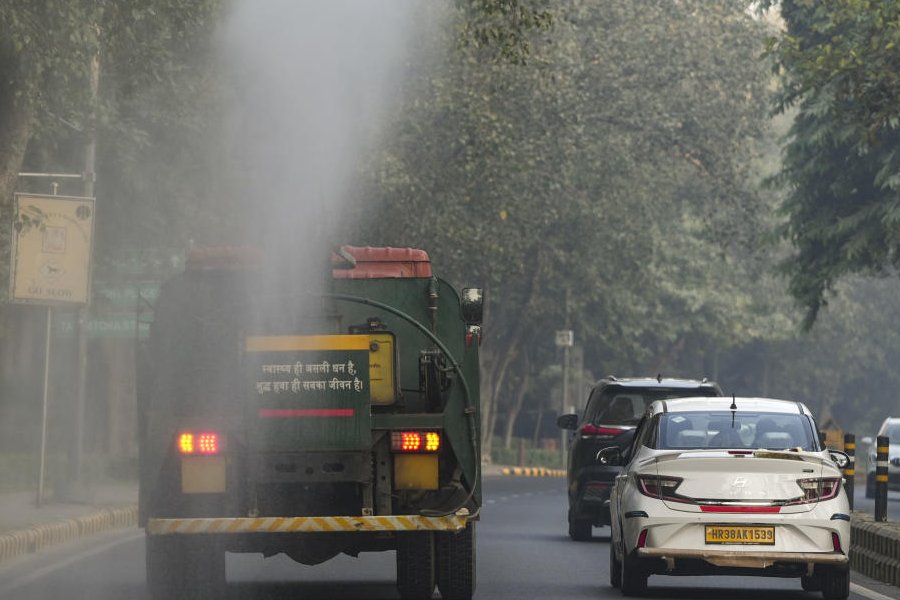The Mamata Banerjee dispensation has decided to create additional wards or set up new buildings at 140-odd government hospitals, which include medical colleges and district, block, primary and rural hospitals, in the next few years to augment facilities for the treatment of infectious diseases like Covid-19.
The new facilities will be of three categories — 100 beds, 50 beds and 20 beds.
According to the original plan, the state intends to set up 28 units with 100 beds, four with 50 beds and 110 with 20 beds. Work on the project will start soon and each of the 23 districts in Bengal will get two such units on an average to begin with, said a source.
Altogether, 5,200 additional beds will be available at government healthcare facilities for the treatment of infectious diseases.
“Initially, work for the expansion of medical facilities would start where hospitals are few and far between.... Then, gradually, the number of beds will be ramped up in phases,” added the source.
For example, two such buildings will be set up at Jhalda and Manbazar in Purulia. Similarly, in Birbhum, the facilities will come up at Illambazar and Labhpur.
“The initiative has been taken after it was realised that the majority of the government hospitals were facing trouble to provide treatment to non-Covid patients. We want to avoid a similar situation in future. The new facilities will be dedicated for infectious diseases like Covid,” said a senior government official.
“During the third phase of the pandemic, less than five per cent of Covid patients are requiring hospitalisation. But we don’t know how the pandemic will affect our lives in the near future. The new facilities will make the government better prepared to deal with the pandemic if it takes a critical turn in future,” said a health department official.
The source said a large portion of the expenditure would be shouldered by the Centre and the rest by the state.
The new facilities will help the state in many ways, feel officials.
First, the government will not have to requisition private hospitals any more as the facilities are being developed even at rural hospitals, usually located in remote parts of the state.
Second, the state can easily save a handsome amount in terms of hiring private buildings to set up safe homes.
Third, each of the units will come up at a cost of Rs 7 crore to Rs 10 crore. Infusion of such a handsome amount in the remote corners will definitely boost the local economy which has been struggling since the beginning of the pandemic in March, 2020.
But setting up the new units will be easier said than done for the cash-strapped government.
“The state exchequer is under severe stress since new welfare schemes like Lakshmir Bhandar were launched after the Assembly polls. Releasing additional funds will not be easy,” said a source.
Getting doctors and support staff will be another challenge, the source added.
“There is a crisis of doctors right now. But in the next few years, there will be no dearth of doctors as medical seats have increased and more and more new medical colleges are coming up in the state,” said an official.










